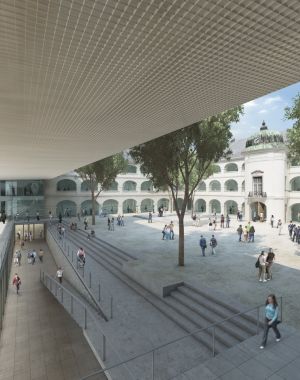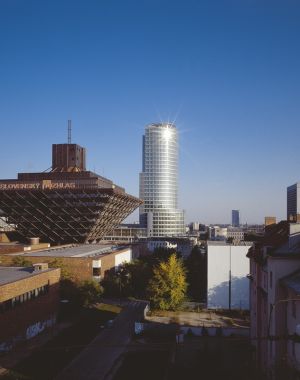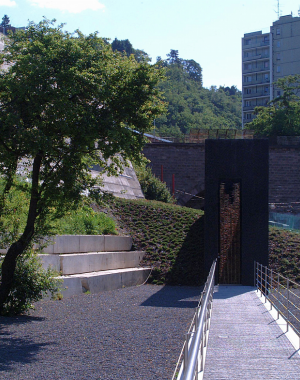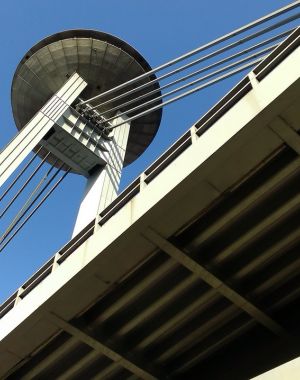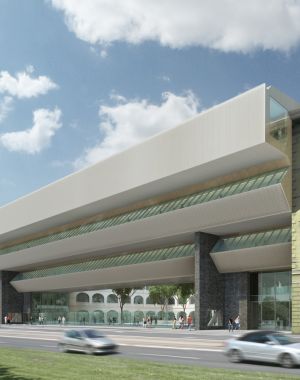BRATISLAVA - VIENNA´S UNEQUAL SISTER
The "twin cities" are just 70 kilometres apart, but despite a long shared history, the capital city of Slovakia is very different to her Austrian sister.
After WWII Bratislava experienced rapid growth so that what immediately grabs attention today is not the sights of the old city, but the more dominating recent developments in the spirit of modernism. In the 1960s and 1970s an extensive housing area of concrete apartment blocks was built, as well as impressive architectural icons such as the Slovakian Radio building, the Bridge of the Slovak National Uprising over the Danube, the National Gallery and the Crematorium. Since the 1990s, the free market has determined city planning, rather than a central autority, and following the economic boom in 2000, a number of impressive buildings designed by Slovak and international architects now adorn the city skyline, especially along either side of the Danube. At the same time, there has also been some architectural input on a smaller scale that has added substance while blending in with the fabric of the city and providing a link between the historic and dynamic modern areas of Bratislava.

